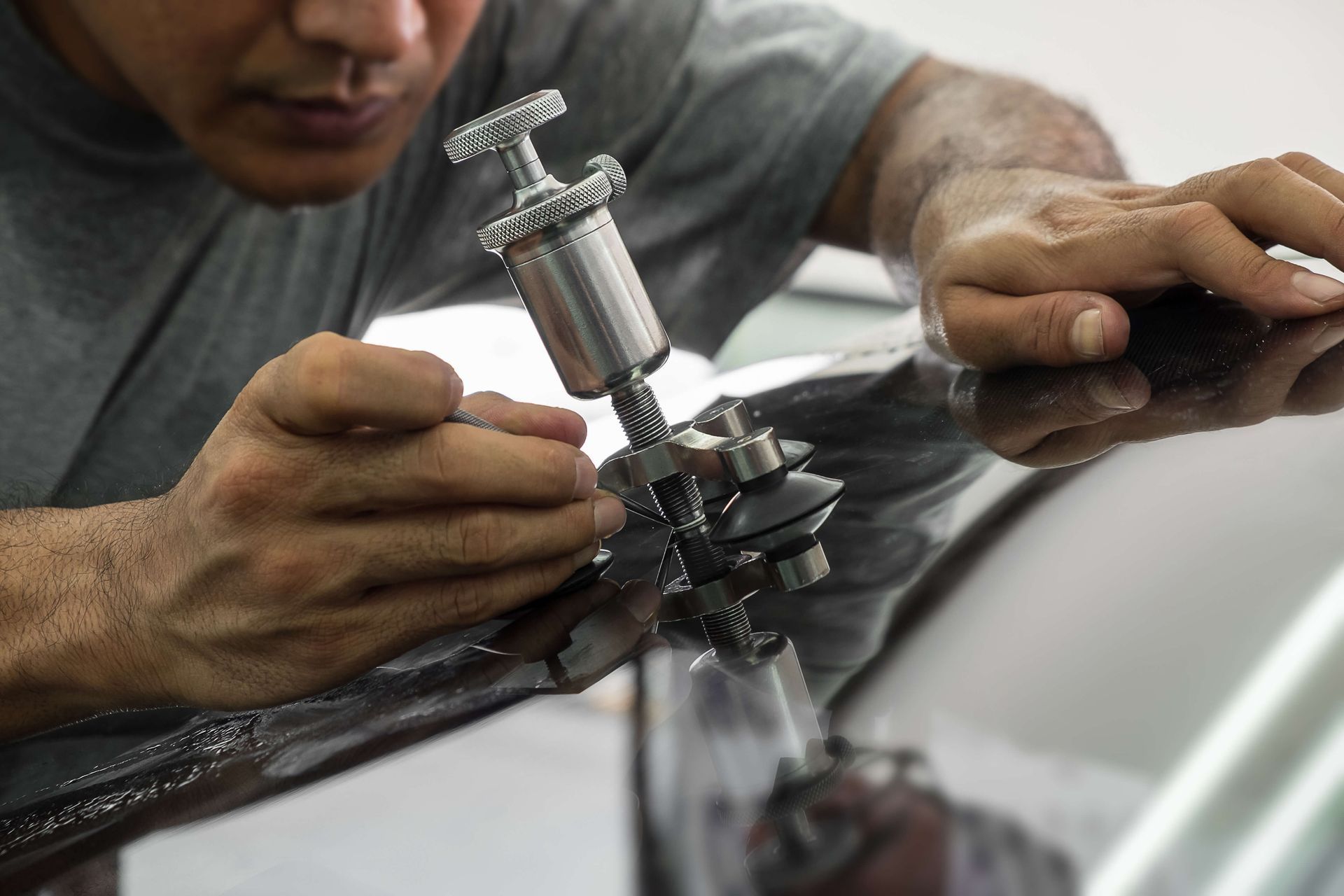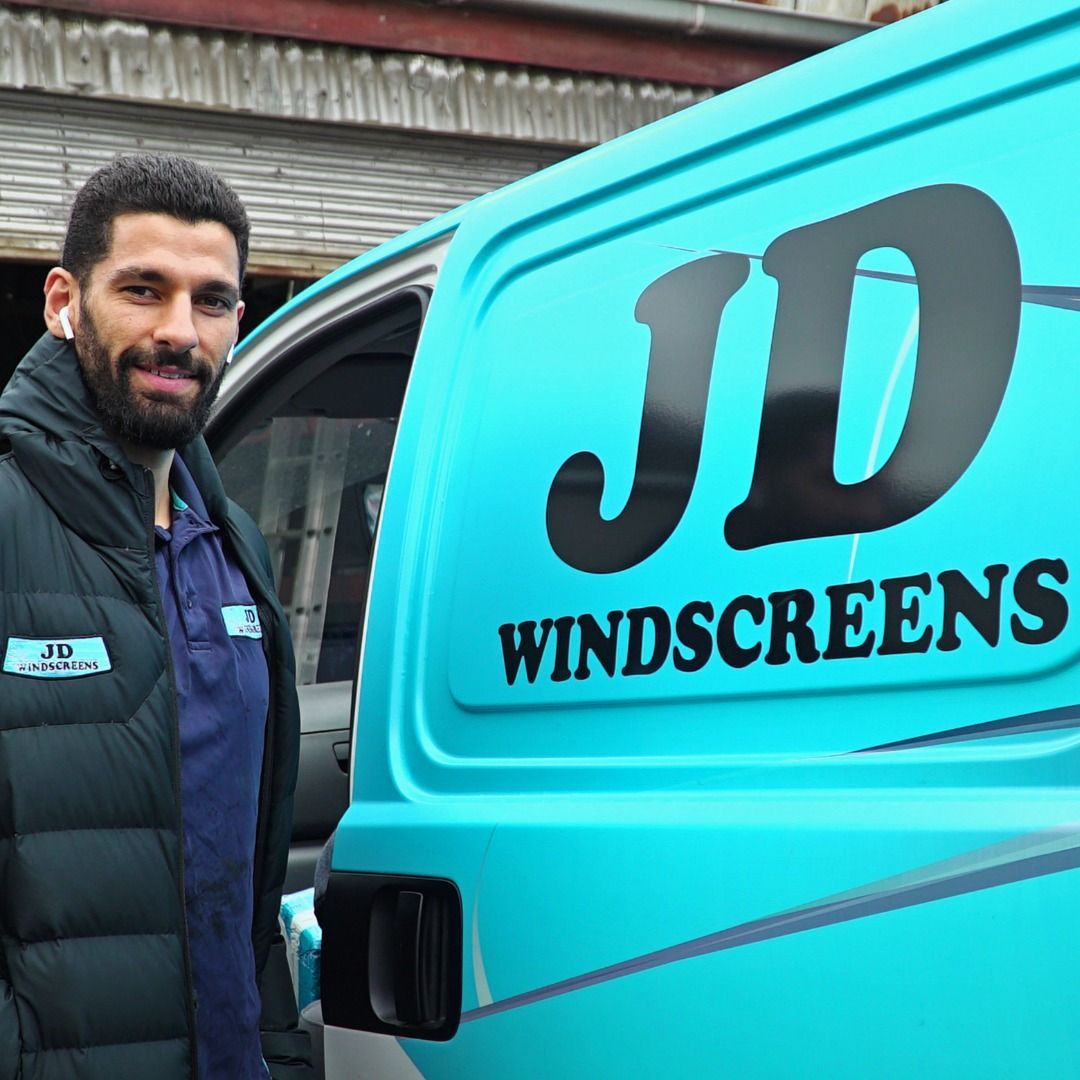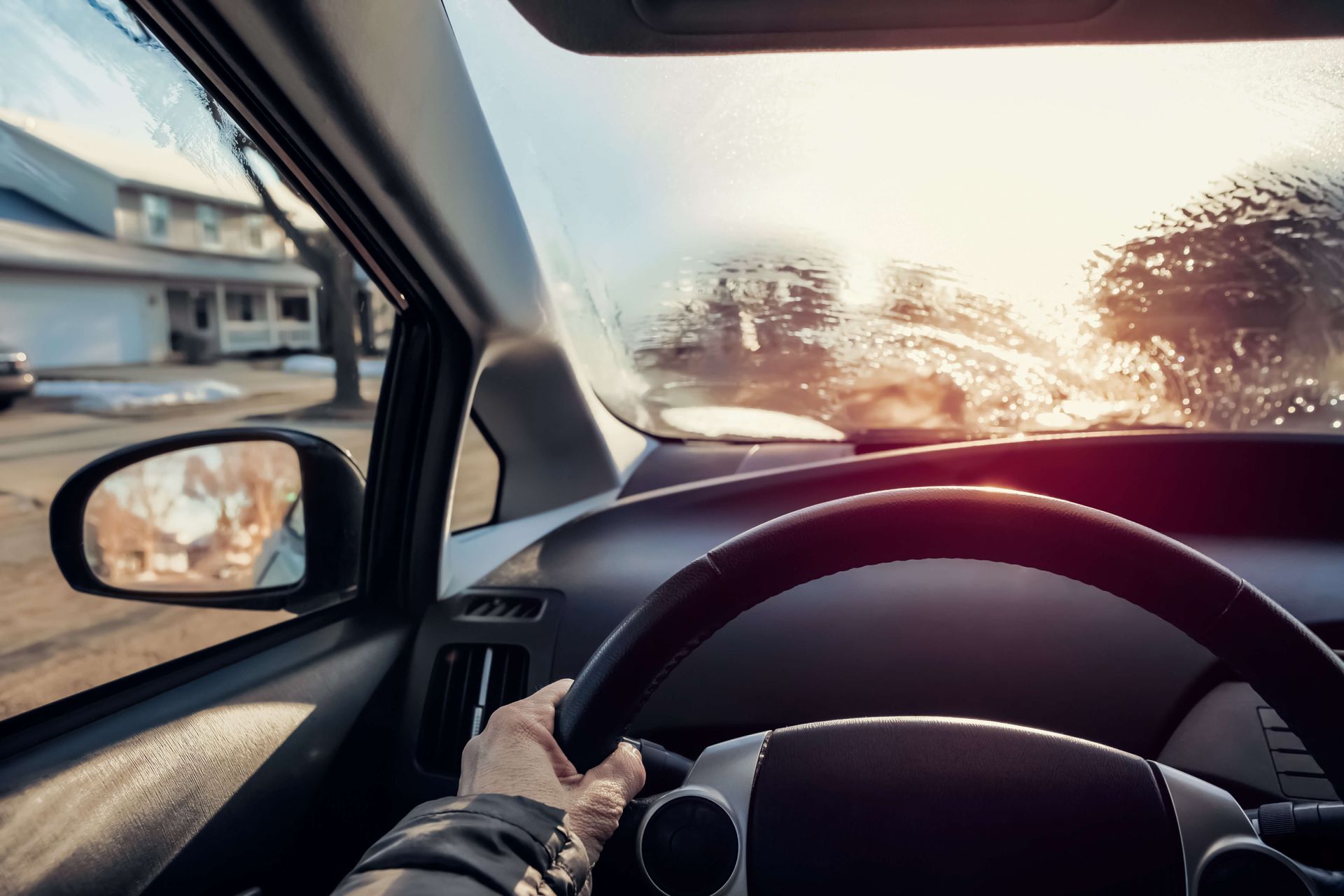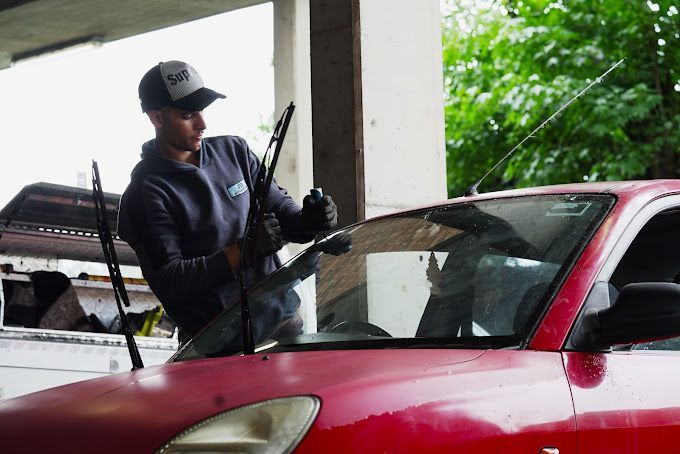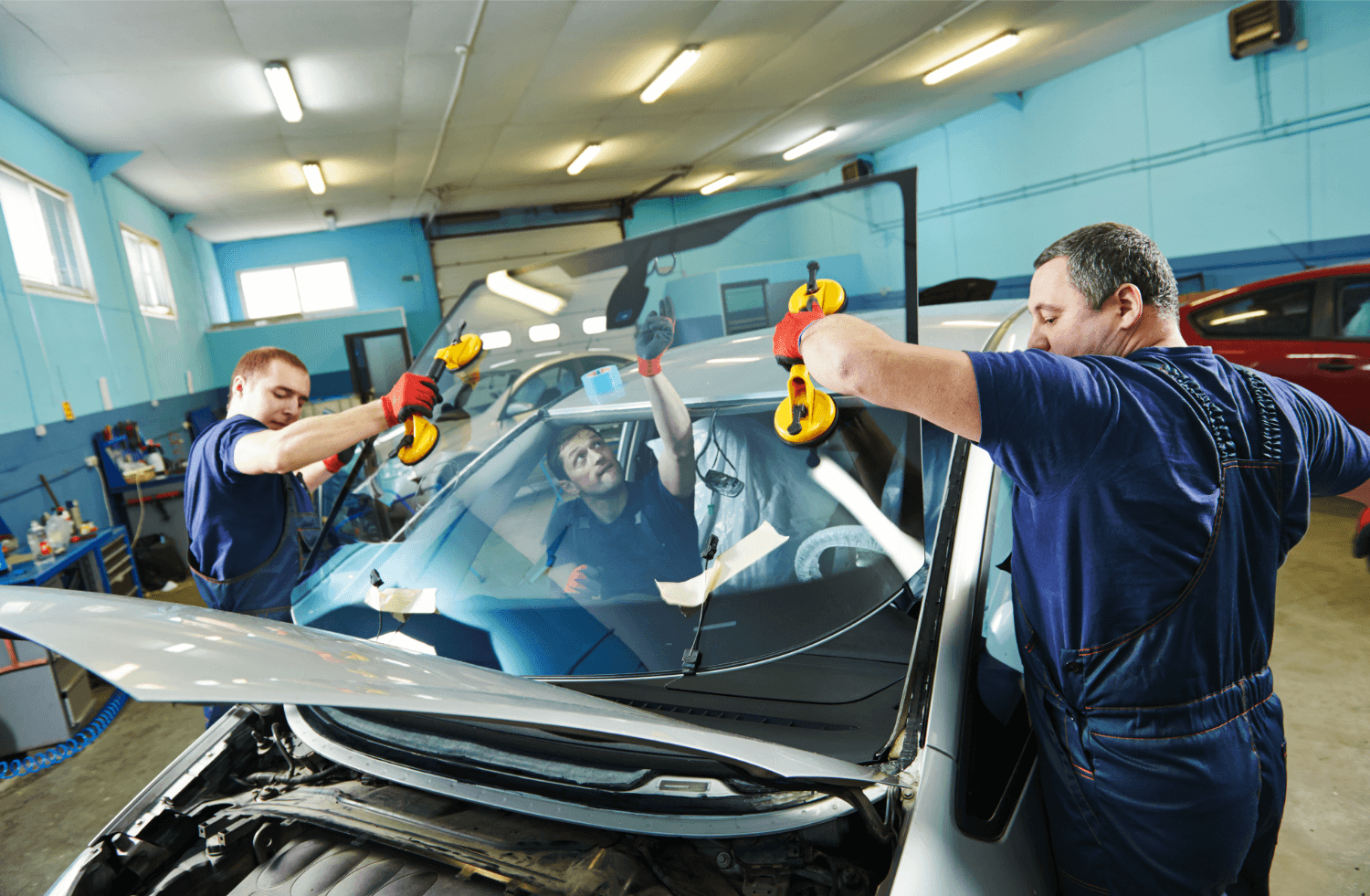info@jdwindscreens.com.au
Mobile Windscreen Repair vs. Workshop Repair: Which Is Better?
Your windscreen is cracked. You're either at work, home, or stuck somewhere with no time to waste and you're trying to decide between a mobile windscreen repair or heading to a workshop. Most drivers don’t know this, but picking the wrong option can lead to delays, repeat repairs, or even safety issues. If your car has ADAS (Advanced Driver Assistance Systems), mobile repair might not be suitable due to recalibration requirements. On the other hand, if the damage is minor and you can’t leave your location, mobile service can save you hours.
Knowing when each option is right makes all the difference not just for convenience, but for safety and cost too. This blog will guide you when each option works best, what to expect, and how to avoid common mistakes.
Key Differences Between Mobile and In-Shop Repair
When it comes to windscreen repair, both mobile and in-shop services have clear strengths. But they’re not interchangeable. Some factors need to be considered when choosing between mobile or in-shop repair.
1. Equipment and Tools
Mobile windscreen repair services carry essential tools for small cracks and chip repairs. These setups are designed for speed and convenience but come with limits. Mobile technicians usually don’t carry advanced calibration machines or large equipment needed for complex work. In comparison, workshop windscreen repair is done in a fully equipped space with access to tools for deeper repairs, ADAS recalibration, and full replacements. If your vehicle has rain sensors, heating elements, or heads-up displays in the glass, the workshop will likely be the only option.
2. Technician Capabilities
Mobile auto glass technicians are trained to work efficiently with what they bring on-site. They can fix most chips and small cracks without issue. But they can’t always handle recalibration or high-precision installs — or full windscreen replacement — that some modern vehicles require. In a workshop, multiple techs can work together if needed. Complex damage or edge cracks often need second opinions, special adhesives, or extra support — all more easily handled at a repair center. If your windscreen damage is more than cosmetic, workshop repair is safer.
3. Environment & Conditions
Mobile windscreen repair is done where your car is parked — a driveway, office, or even roadside. That means weather matters. Humidity, rain, dust, or wind can affect adhesive curing and leave behind contamination. In a workshop, the environment is controlled. Repairs are done indoors, with temperature and humidity regulated. This helps ensure the windscreen bonds correctly. If your area often has unpredictable weather, or you don’t have a sheltered spot to park, a workshop job is more reliable.
4. Time and Scheduling
Mobile repairs are quicker to book and don’t interrupt your day, that means the tech comes to you. That’s a big benefit if your time is limited. Most mobile windscreen repairs take under an hour. But availability can vary, and during peak hours, delays are common. Workshops follow set hours but usually have more technicians available at once. If your car needs a full inspection or repair with ADAS recalibration, expect longer processing times but fewer surprises. If you need fast booking and the damage is small, mobile repair wins. For anything more involved, workshop timing is more predictable.
When to Choose Mobile Windscreen Repair
If you’re not sure whether mobile windscreen repair is the right call, here’s when it makes the most sense.
- This method works best for small damage under 6cm that can usually be handled with a standard windscreen repair and doesn’t need full replacement.
- If the conditions are unsafe to drive, you can avoid the risk of driving with poor visibility or a weakened screen.
- In case of busy schedule, mobile repair saves your time and the technician comes to you while you carry on with your day.
- Ideal if you're far from a workshop but within mobile service range.
- Works well in dry, mild weather with a clean, covered parking spot.
When to Choose Workshop Repair
If you're unsure whether workshop windscreen repair is the better choice, here’s when it clearly is.
- This option is required for vehicles with ADAS, as sensor recalibration needs specialized equipment and a controlled environment.
- For large cracks or full windscreen replacements, in-shop repair offers stronger tools, better support, and safer installation.
- If your glass has built-in features like rain sensors, heaters, or camera mounts, a workshop is better equipped to handle it.
- Essential when the weather is poor, as rain, wind, or heat can affect how well adhesives cure outdoors.
Choose Based on Damage, Car Features, and Conditions
There’s no single best option for everyone. The right choice between mobile windscreen repair and in-shop repair depends on the damage, your car’s tech, your location, and the weather. If your car has ADAS, heated glass, or major cracks, in-shop repair is the safer and more precise option. But if you’re dealing with a small chip and can’t afford to stop your day, mobile windscreen repair is fast, safe, and effective.
Get in touch with our experts and we’ll help you get it sorted at your location.
Frequently Asked Questions FAQs
Is mobile windscreen repair safe?
Yes, it's safe for minor chips or cracks if the weather is clear and the technician uses proper materials.
Will insurance cover mobile glass repair?
Most insurers do cover mobile repairs, but always confirm with your provider before booking.
How long does mobile repair take?
Most mobile windscreen repairs take between 30 to 60 minutes depending on the damage.
Can ADAS-equipped cars be repaired mobile?
Minor chips can be repaired mobile, but ADAS recalibration usually requires a workshop visit.
Ready to work with JD Windscreens?
Let's connect! We’re here to help.
Send us a message and we’ll be in touch.
Or give us a call today at 0435-759-669




